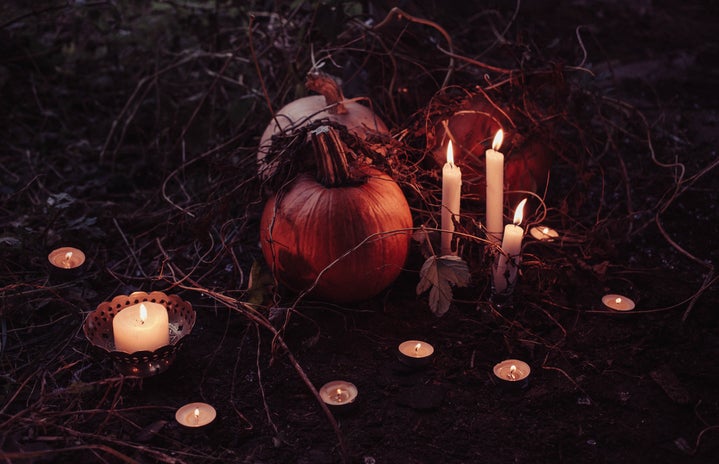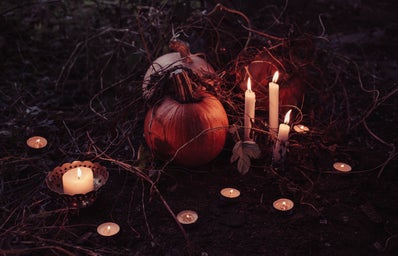Fangs sinking into flesh, breaking skin, teeth dragging over a still-beating heart—there’s something undeniably seductive about the hunger that drives vampirism. I mean, what’s more intimate than consuming someone? Over time, vampires have become the go-to figures in horror, pale and ghostly, always lurking in the shadows.
Did you know the whole vampire thing started out way less glamorous? The original vampire legend hails from Bulgaria, from a little-known Slavic myth that people whispered about late at night. Back then, these creatures were more like spooky ghosts that spread disease—definitely not the suave, blood-sucking heartthrobs we know today. It wasn’t until 1686 that stories spread beyond the Slavic lands, thanks to soldiers traveling across Europe. Every time the legend crossed a new border, it got a makeover, eventually becoming a corpse with an insatiable craving for blood.
Retrieved from Tumblr
And here’s the wild part: people in the 18th century thought blood-drinking was actually scientific. At the time, medicinal cannibalism was a thing. Yep, you read that right. According to professor Coy Hall, “blood was believed to be the vessel of the human soul, and by drinking it, you took in someone’s life force.” The ultimate energy drink, right? Similarly, many vampiric traits—like avoiding sunlight—were later linked to diseases like porphyria (which makes people sensitive to the sun) and rabies (which can make you, well, bite people).
As Europe freaked out over these diseases, vampire hysteria hit new levels. People began staking corpses through the heart, just in case they rose from the grave, and sometimes even buried bodies face-down so they wouldn’t be able to climb out.
The concept of vampires as we know them today took shape during the Gothic literature boom of the 1800s, when vampire panic was at its peak, with haunted poems like Heinrich August Ossenfelder’s Der Vampyr (1748), but the real game-changer came with John Polidori’s The Vampyre (1819). This story gave us our first glimpse of a vampire as a creepy, seductive aristocrat—Lord Ruthven, who drains the blood of young women and vanishes into the night.
Retrieved from Pinterest
But let’s be real—nothing cemented vampires in pop culture quite like Dracula (1897). Bram Stoker’s iconic Count Dracula, with his mind control and shape-shifting powers, set the standard for vampires as blood-thirsty aristocrats from Eastern Europe. After Dracula, vampires were everywhere—books, plays, movies, you name it.
By the 20th century, vampires weren’t just monsters anymore—they had feelings. Interview with a Vampire by Anne Rice gave us vampires who were tortured, self-loathing, and, dare I say, sympathetic. Suddenly, vampires were more than just villains—they were misunderstood romantics. Then came Buffy the Vampire Slayer, where Buffy falls for a vampire, and of course, Twilight, with Edward Cullen being the ultimate brooding vampire heartthrob. Who could forget that?
Now, vampires are another staple of fiction, a classic trope everyone knows. Dracula himself—known as “Alucard” instead—became an action hero in Japanese anime Hellsing. And not to mention Castlevania, an anime series that had several seasons chock-full of vampiric warfare. Games, movies, books, tv-shows—vampires have sunk their teeth everywhere, and it’s unlikely that they’ll be letting go any time soon!

